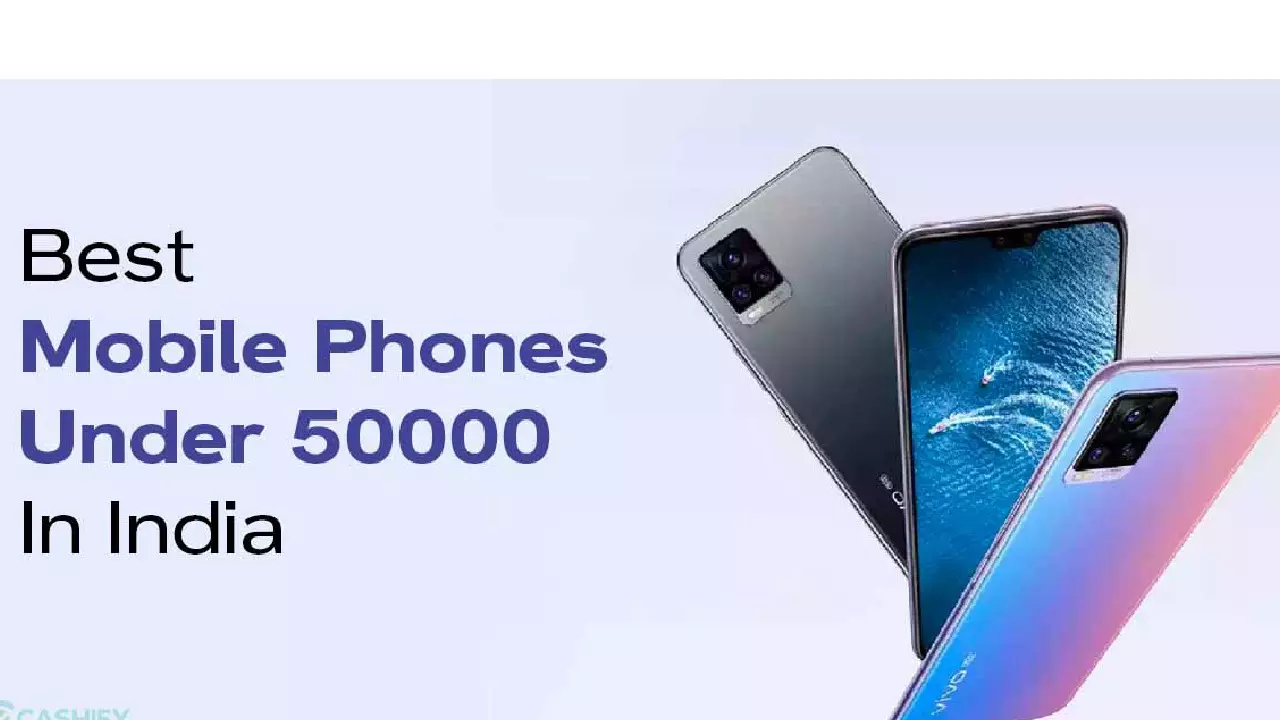OnePlus 13s vs Samsung Galaxy A56 vs Google Pixel 9a: Best Phones Under ₹50,000 Compared
Compare the OnePlus 13s, Samsung Galaxy A56, and Google Pixel 9a to find the best smartphone under ₹50,000 in 2025. Discover differences in display, performance, battery, camera, and software updates to make the right choice.
OnePlus 13s vs Samsung Galaxy A56 vs Google Pixel 9a: Best Phones Under ₹50,000 Compared

OnePlus recently launched its first compact flagship in India — the OnePlus 13s, powered by the latest Snapdragon 8 Gen 4 Elite processor and advanced AI capabilities. Priced attractively at around ₹49,999 (with bank offers), the 13s aims to challenge premium phones from Samsung and Google. Let’s see how it stacks up against the Samsung Galaxy A56 and the Google Pixel 9a — two popular contenders under ₹50,000.
Display Comparison
Samsung Galaxy A56:
6.7-inch Full HD+ Super AMOLED display with a 120Hz refresh rate and up to 1200 nits brightness (HBM), protected by Gorilla Glass Victus+.
Google Pixel 9a:
6.3-inch Full HD+ OLED display with 120Hz refresh rate, HDR support, and a peak brightness of 1800 nits (HBM). It uses Gorilla Glass 3, which is an older generation.
OnePlus 13s:
6.32-inch 1.5K LTPO AMOLED display with 1600 nits brightness (HBM), Dolby Vision support, and an intelligent refresh rate that adapts between 1Hz and 120Hz for better battery efficiency. The higher resolution and smaller bezels make it the clear winner in display quality.
Performance
Samsung Galaxy A56: Powered by the Exynos 1580 chipset paired with LPDDR5 RAM and UFS 3.1 storage.
Google Pixel 9a: Runs on the Google Tensor G4 chipset with LPDDR5x RAM and UFS 3.1 storage.
OnePlus 13s: Packs the flagship Snapdragon 8 Gen 4 Elite processor, supported by faster LPDDR5x RAM and cutting-edge UFS 4.0 storage. This makes it the most powerful device in this trio by a significant margin.
Battery & Charging
Samsung Galaxy A56: 5,000mAh battery with 45W wired charging support.
Google Pixel 9a: 5,100mAh battery, 23W wired fast charging, plus 7.5W wireless charging.
OnePlus 13s: Leads with a 5,850mAh battery and a blazing fast 80W wired charger included in the box. Note, however, that it does not support wireless charging.
Software Experience & Updates
OnePlus 13s: Runs OxygenOS 15, a clean and ad-free experience similar to stock Android. OnePlus promises 4 years of OS updates and 6 years of security patches.
Google Pixel 9a: Offers the purest stock Android experience with no ads, backed by 7 years of OS and security updates, the longest support among the three.
Samsung Galaxy A56: Runs a slimmed-down One UI 7, but unfortunately, it comes with numerous ads and pre-installed bloatware. Samsung provides 6 years of OS and security updates.
Camera
While a direct comparison isn't possible without hands-on testing, the OnePlus 13s lacks an ultra-wide camera—a feature present in the Galaxy A56 and Pixel 9a. Each phone offers strong main cameras, but real-world performance may vary depending on usage.
Verdict: Which Should You Buy?
If performance and display quality are your priorities, the OnePlus 13s stands out with its flagship processor, adaptive high-res display, and fast charging.
For those who value software support and clean UI, the Google Pixel 9a offers the longest update cycle and a pure Android experience.
If you want a larger screen with an ultra-wide camera and don’t mind ads, the Samsung Galaxy A56 is a solid contender with decent battery life.
Quick Specs Summary:

